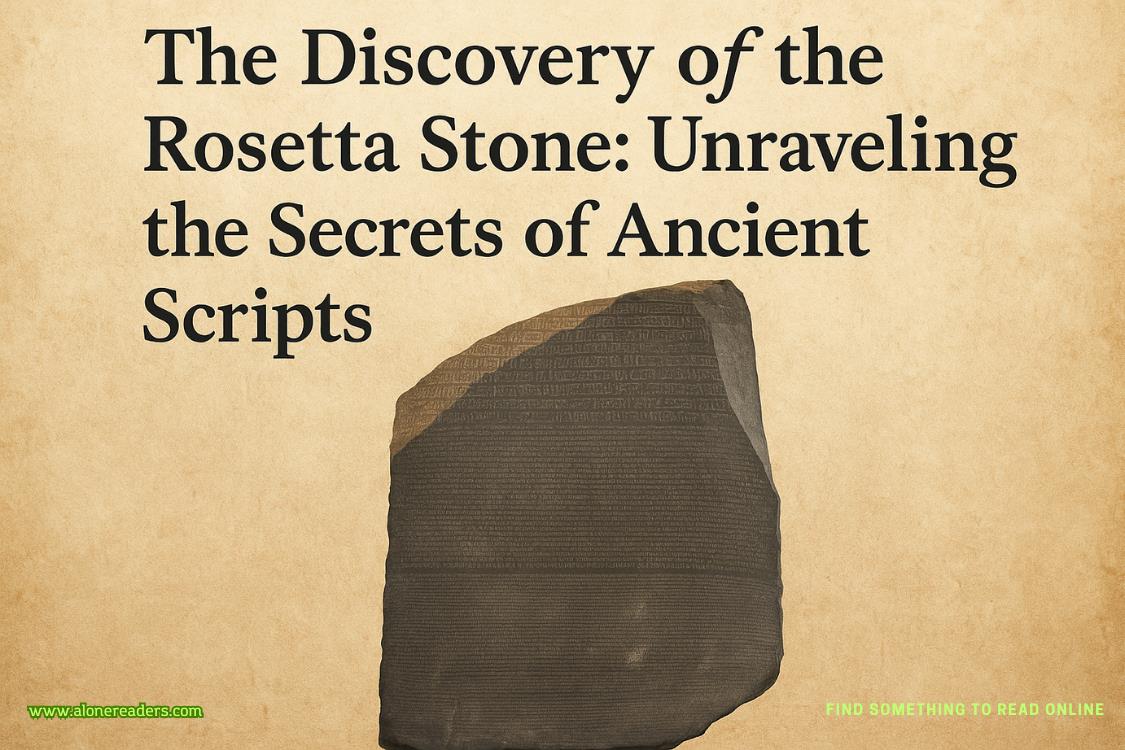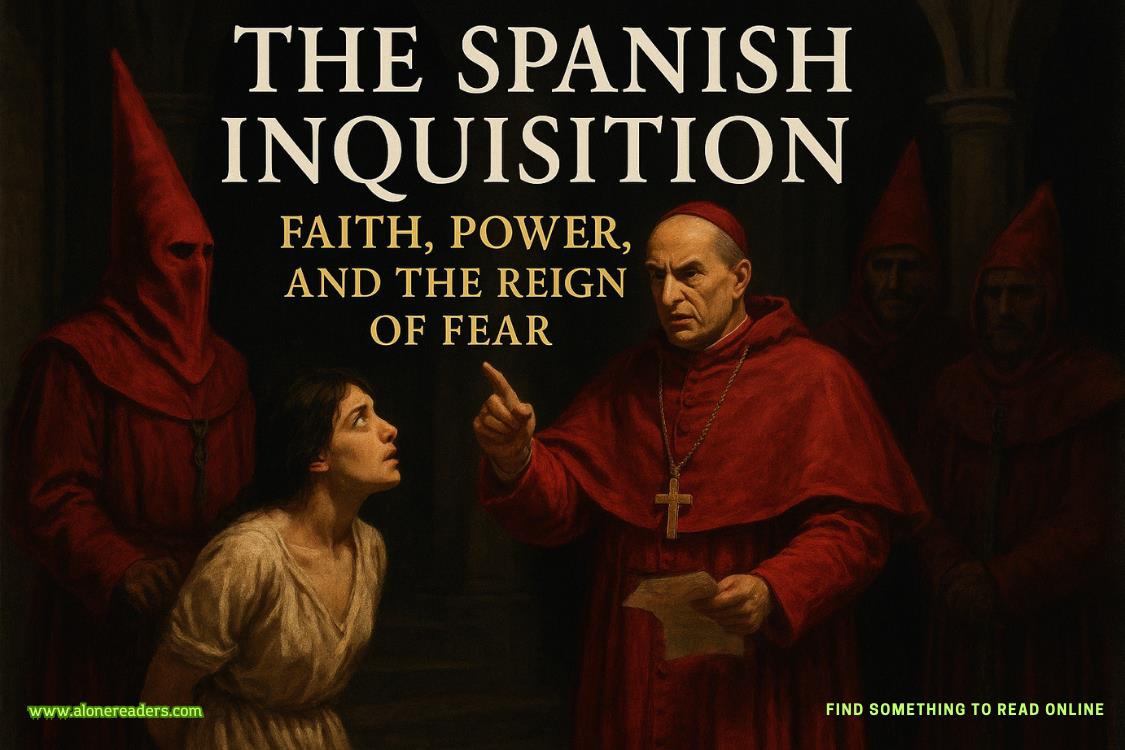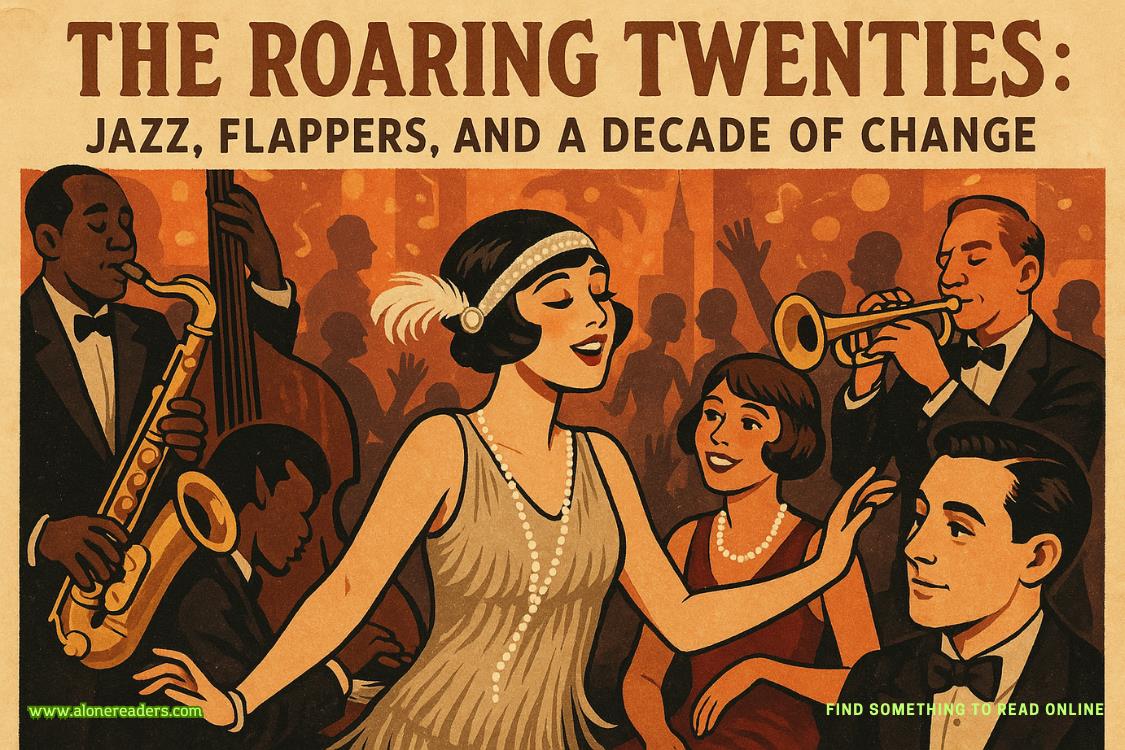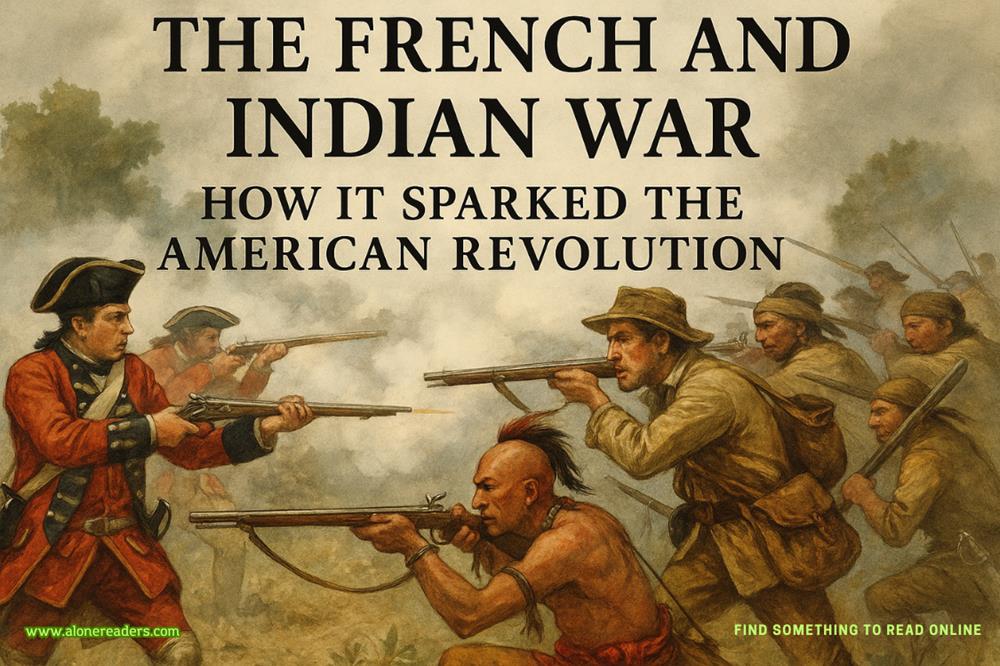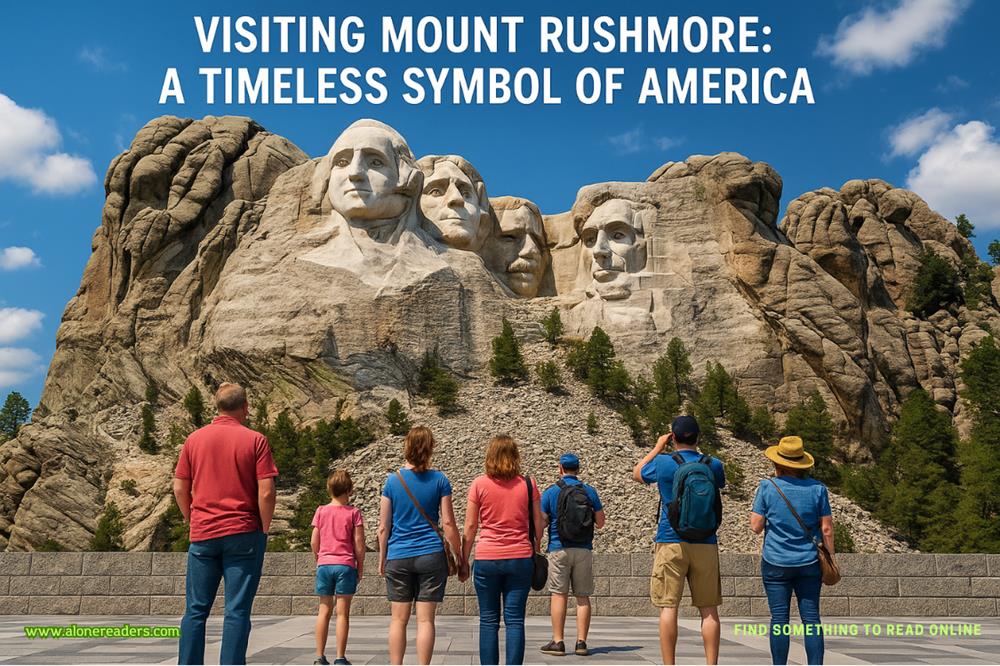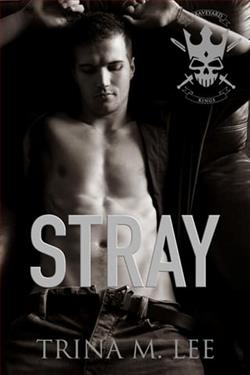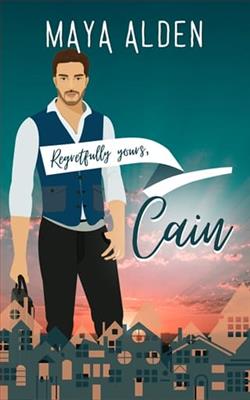Page 60 of A Better World
After the maze was cleared of stragglers, John Parson got onstage tosay that the night was for honoring the dead residents who’d sacrificed so much to build this town. “May we never forget,” he called, and the crowd responded: “We will never forget.” Then Keith Parson, fully costumed, set a sick caladrius on a chopping block—it looked like the pecked one from outside Anouk’s cottage—and severed its head with an axe.
The act was an apt and violent punctuation to a wild night. Intuitively, she understood that it acknowledged that not everyone was lucky. Not everyone got to live in PV. If she’d tried to explain this to someone back home, she didn’t think they’d have understood.
It was something you had to experience to understand.
November
The jack-o’-lanterns camedown and the lights, scary sound effects, and synthetic rubber masks got put away until next year. In their place, the Beautification Society delivered front-door corn husks. Pomegranates got rotated out in favor of hard-boiled eggs, dry beans, and seeds for the late-autumn season. In a neat, aesthetically pleasing way, Hip took over the job of stocking the altar.
Dayworkers raked the wild red piles of leaves at the edges of houses, transporting them to the northern farm as compost. By the end of the first week of November, a light frost webbed the windows and browning lawns. Days got shorter. Winter coats appeared.
Russell’s delayed court case arrived. With his new data, he testified in Omnium’s defense and won, much to everyone’s relief. Then he started on a new case, and they understood that this would continue: there would always be cases to try, information to retrieve despite difficult obstacles, victories to grasp. His performance would never stop being judged. But at least now, they’d passed the first and most difficult gauntlet: finding their side hustle and learning how to navigate the people of this town.
Josie’s team stayed in third place, but her footwork improved and Coach Farah moved her to left forward, where she belonged. She still wasn’thappy Josie. Linda didn’t know how to fix that. Then again, maybe it wasn’t something that could be fixed. Sometimes you’re not happy. Some years you’re with the wrong people until you find the right ones.
Hip spent most of his time with Cathy. He’d supported and takenon her cause: lobbying for golden tickets for everyone born into PV. “It’s not right that Cathy doesn’t feel safe in her own home,” he told Linda one afternoon. “If you’re born here, you should have the right to stay here forever.”
“What about outsiders, like us?”
He nodded at her, like this was something he’d already considered. “It’s smart for us to be patient. We have to work on one issue at a time. I’m trying not to be selfish. Selfish people aren’t what this community needs. If we ask for golden tickets early, it’ll just alienate everybody and remind them we’re outsiders.”
“Without a golden ticket, do you feel safe?” Linda asked.
Hip looked at her with surprise. “Of course! I livehere!”
Mid-November, Linda had some time on her hands and stayed late after her shift at the PV Hospital. Thinking of Gal, but still unready to visit her, she researched the cancer Gal had claimed both her children were afflicted with: idiopathic leukemia.
There wasn’t any record of the disease in the main BetterWorld search engine, but that didn’t mean much. Every private corporation had its own engine, as did every country, and these didn’t typically assimilate data from outside sources. She tried the medical school consortium but her Downstate password had expired. She tried the Bed-Stuy Children’s Clinic’s files and couldn’t connect.
She did find an article in theJournal of Pediatric Oncologypublished a year earlier, in which the disease was considered difficult to treat because diagnosis took so long. Etiology was unclear. It was higher in the presence of toxic exposure. The Review section highlighted a geographic information systems analysis that pinpointed hot spots all over the globe. These hot spots tended to center in poor, rural communities. The disease itself was strange, affecting monocytes, platelets, and red blood cells alike. Several immunotherapy drugs were recommended, but not Zovolotecan—the chemotherapeutic agent Linda had seen on Gal’s table the night of the fire.
Though most of the articles were locked, physicians had writtenopen letters in several issues of theJournal of Pediatric Oncology, vouching for the increased presence of idiopathic leukemia and the lack of standard treatment. Doctors all over were frustrated, trying to find a cause or consistent pathology. Some claimed that idiopathic anemia wasn’t a single disease, but a term for a host of illnesses. These included leukemias and complex autoimmune diseases like aplastic anemia. Clinical trials were taking place at the Cleveland Clinic and at the NIH Clinical Center. Similar trials were also happening in Cork, Ireland, and Beijing, China, though because of global data-sharing restrictions, their methods were unknown.
She wrote a note to Chernin, asking whether PV had sanctioned Zovolotecan’s use for idiopathic leukemia, and what insights he had on the drug’s efficacy. Then she wrote to her old boss, Fielding:What do you know about this disease? Is Zovolotecan a common treatment, and do you have any idea what causes it?
Then she read the report on Carlos’s blood panel, which had come back inconclusive. The PV oncologist who’d signed it suggested more tests. For the third time in as many weeks, she called the number Danny Morales had written on the intake form and left a message:Please come back. This isn’t something that can wait.
That night, they went to the talk hosted by the Plymouth Valley Chamber of Commerce. Most residents didn’t bother attending, but as newcomers Linda and Russell found the talks helpful.
Only about thirty people were present. Sally Claus, the border guard, and Henry Pratt, the chief of police, opened with a Samhain debriefing. Then the procedures for reserving vacation spots, school pickup, sending mail, and the like were discussed. Volunteers with at least five years of PV residency were wanted for the Thanksgiving and Winter Festivals. The main PV access road was now going to be guarded by extra police, as unhoused dayworkers had been sneaking into the Labyrinth and setting up camps instead of going home at night. In addition, the stop sign on Maple Street had been defaced on Samhain night. They had identifying footage, but preferred the culpritsurrender first. Punishment would be community service. Finally, they announced that two babies had been born this month, both healthy girls and welcome additions to Plymouth Valley.
After her shift at PV Hospital the following week, Linda stayed late again. Chernin never replied to her question, but Fielding did:
Hi, Linda!
So good to hear from you. Have you picked up golf? I hope not! Anyway, life here is deplorable and your patients miss you. I do, too.
Regarding idiopathic leukemia, I’ve never heard of it. It sounds more like a legal term than a medical one. Research institutes and hospitals have lately lost access to Med-Nex, which is where I’d be able to find your answers for you. But like my old friend Joseph Mitchell, I had some insomnia the other night and did some extra research. There was a lawsuit pending against BetterWorld by the European Chemicals Agency for its role in causing Waldenstrom’s Macroglobulinemia as a result of Omnium degradation. In labs, the reaction between GREEN and Omnium is clean. But when GREEN attaches to reactive substrates like chlorine, it could potentially release an unstable benzene ring and PERC in the waste (they call it sludge?!). If you remember your organic chemistry, those can be highly oncogenic. I’d hoped to find more about this condition internationally, given Omnium’s mostly made and broken back down in Asia, but those databases are locked down. What I did find is that there was also a case against BetterWorld and the government of the Republic of Ireland, likewise claiming the Omnium mill there caused blood diseases and birth defects. It was dropped a few years ago, with the republic receiving north of three trillion dollars in damages.
Zovolotecan—As you know, it’s a chemotherapeutic agent, and could make sense for treatment of either a leukemia or anaplastic anemia, though it’s a very old drug. The new class is much better and has less side effects. Whenever a young patient has an aggressive disease like this, marrow transplants and radiation are also indicated.
Would be great if we could get the consortium of universities back up and running. At the risk of sounding like a conspiracy theorist, it’s very convenient none of us can talk to each other, but these giant corporations mine every bit of data we surrender. For all we know idiopathic leukemia isn’t rare at all.
As for me, I’m fine. I’m down to working only two days a week, as I get tired. I enjoyed doing this sleuthing for you, as lately my mind has not been as sharp as I’d like and this mystery acted as a whetstone. In that light, take my findings with a tablespoon of salt. I have become forgetful, and this letter took me longer than it should have to write. I hope we meet again, Linda Farmer-Bowen. I have always found you to be an impressive person.
Anyway, consider the above the ravings of an under-slept old friend who misses you quite a bit.
Sincerely,
